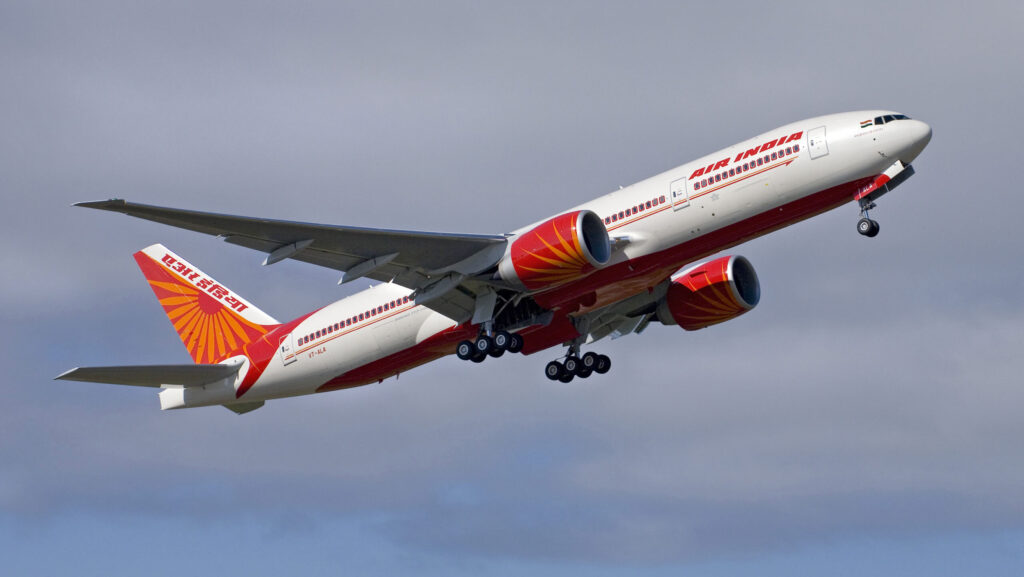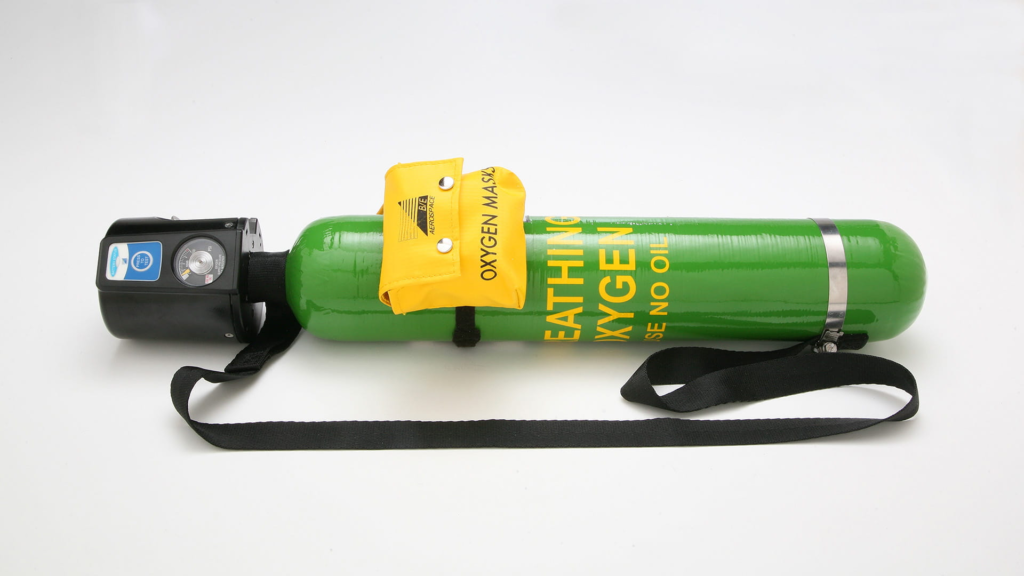In January 2023, a top Air India commander expressed worries about the Boeing 777’s emergency oxygen capacity on flights over mountainous regions.
MUMBAI- The Bombay High Court has directed India’s aviation regulator, DGCA, to probe emergency oxygen systems on five Air India (AI) Boeing 777-200LR aircraft previously operated by Delta Air Lines (DL) on India-US routes.
The inquiry focuses on a vital safety mechanism intended to keep passengers safe during cabin decompression incidents.

Air India 777-200LR Oxygen Case
Commercial aircraft, such as the Boeing 777, fly at altitudes of 30,000 to 40,000 feet, substantially higher than Mount Everest’s 29,000-foot peak. Regardless of cruising altitude, these aircraft keep passengers safe by using pressurized chambers that imitate conditions at 8,000 feet.
When the pressurization system fails, an emergency response is initiated, with oxygen masks immediately deployed from overhead panels.
Pilots must then conduct a rapid descent sequence to bring the aircraft to 10,000 feet, at which point supplemental oxygen is no longer required for survival. This drop usually moves at 5,000 feet per minute.
Air India’s leased Boeing 777 fleet supplies 12 minutes of emergency oxygen per passenger, which meets the minimal safety requirements for descents over flat terrain. This contrasts with other airlines’ Boeing 777 aircraft, which can carry up to 22 minutes of oxygen per passenger.
The probe will look at whether the reduced oxygen duration raises any safety issues on Air India’s long-haul routes.
The cockpit crew receives supplemental oxygen reserves in excess of the passenger supply, allowing them to maintain control during emergency procedures.

Whistleblower Pilot
In January 2023, a top Air India commander expressed worries about the Boeing 777’s emergency oxygen capacity on flights over mountainous regions.
The pilot inquired with management about procedures for cabin decompression situations over Greenland, where aircraft must maintain 13,000 feet altitude to clear mountain peaks.
The commander identified a serious safety flaw in Air India’s Delhi, Mumbai, and Bangalore routes to New York and San Francisco. These routes pass through hilly terrain, and the fall to a safe altitude of 10,000 feet exceeds the aircraft’s 12-minute passenger oxygen supply.

While pilots are given extra oxygen, passenger safety is not addressed in flight planning, according to the commander’s letter.
Due to Air India management’s silence on this safety issue, the commander refused to operate a San Francisco-Bengaluru flight on January 30, 2023. The pilot eventually continued after obtaining consent for a safer alternative path. The airline responded by grounding the commander in February 2023 and terminating his employment in May.
The commander reported the safety risk to India’s Directorate General of Civil Aviation (DGCA), claiming regulatory infractions related to the Boeing 777’s oxygen supply length.
The DGCA’s investigation resulted in a Rs 1.1 crore fine levied against Air India in January 2024 for operating US-bound aircraft with insufficient emergency oxygen supplies.
The commander filed a writ petition in February, which brought the case before the Bombay High Court. The petition claims that the DGCA conducted its investigation without hearing the complainant’s testimony, raising concerns about the thoroughness of the safety investigation procedure.

Air India Continues to Fly 777 on US Routes
The Bombay High Court has increased scrutiny of Air India’s Boeing 777 operations by reviewing flight path data from FlightRadar24. Despite current safety investigations, the data reveals that Air India continues to operate US flights using leased Boeing 777 aircraft.
Air India insists that its flight operations are safe, and that passenger and crew safety has never been jeopardized.
The airline defends its position by highlighting that route planning complexity goes beyond pilot knowledge, relying on specialist CAE software to compute emergency descent paths within the 12-minute oxygen window.
The software apparently chooses paths that allow airplanes to reach 10,000 feet within the vital 12-minute interval during decompression occurrences. This technical defense tackles worries regarding the endurance of passenger oxygen delivery in high terrain.
The Bombay High Court’s most recent ruling instructs the DGCA to look at a specific technical question: whether Air India’s leased Boeing 777s can safely descend to 10,000 feet and reach other landing sites within the 12-minute oxygen supply window. The court specifically says that it has not rendered a decision on the case’s merits.












Leave a Reply